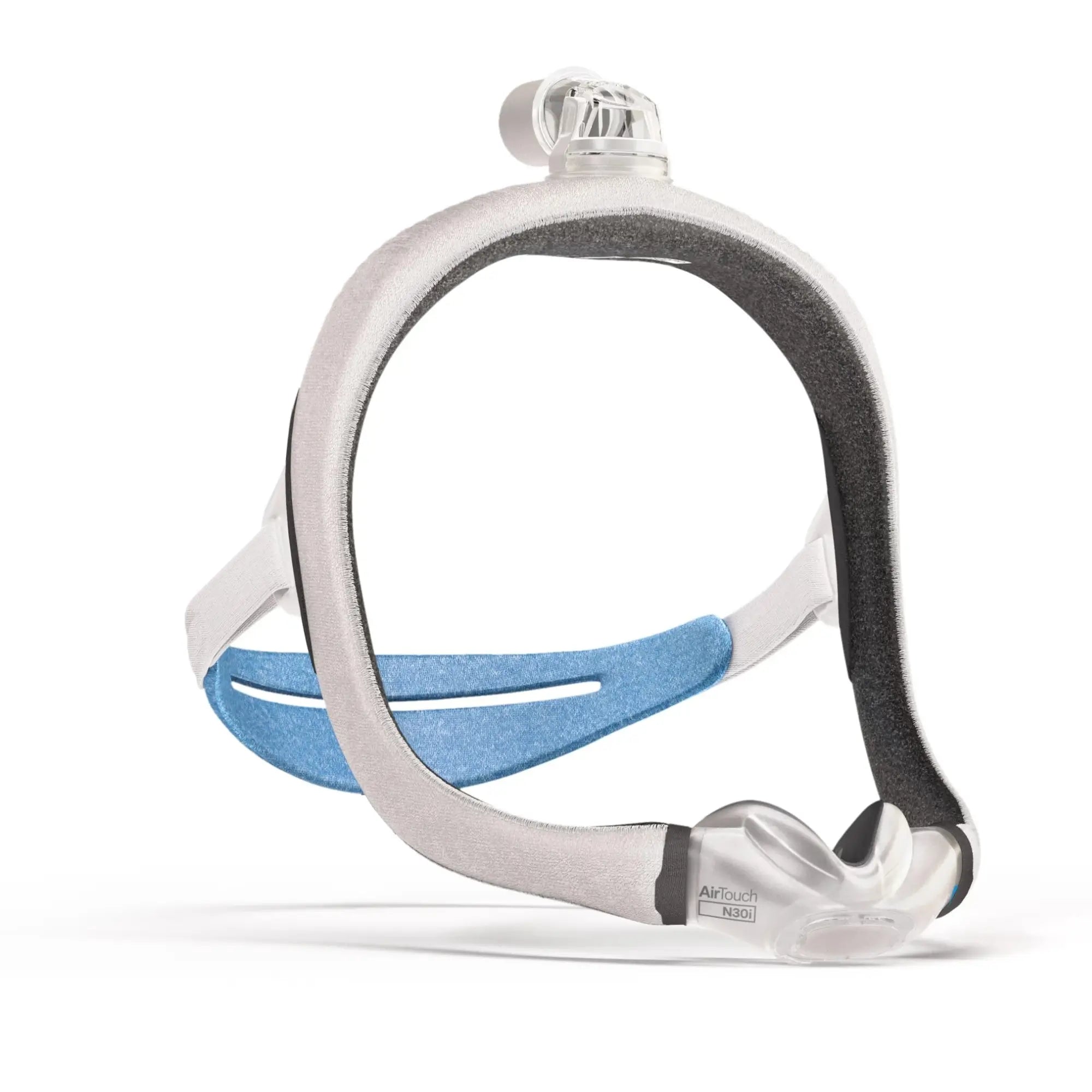Are Ozone CPAP Cleaners Safe?
CPAP (continuous positive airway pressure) is the most common form of treatment for individuals with OSA (obstructive sleep apnea), offering patients a vast improvement in their condition—if they comply with the protocol and use it regularly.
There's only one problem:
CPAP therapy is costly and involves a great deal of commitment.
But here you are.
You made a smart and important decision to move forward and start CPAP treatment for your sleep apnea. You have invested time and money when purchasing and acclimating to this device and supplies.
Why not get the most out of that investment?
Why is cleaning your continuous positive airway pressure (CPAP) supplies important?
You brush your teeth before bedtime and shower every day, but are you cleaning your CPAP equipment?
Caring for CPAP machines and accessories protects your health as well as the longevity and effectiveness of your device.
You use your CPAP for about eight hours per night. Room air goes into the CPAP machine, filter, hose, mask, and nose. Then exhaled air goes back into the mask, tube, and machine.
In that exhaled air, there is moisture from your body. Microorganisms thrive on humidity, which means that if you don't sanitize your equipment, it can lead to allergies, respiratory infections, machine malfunctions, or a limited life span on your device.
Fortunately, CPAP cleaning is a simple process, plus there are advanced technologies that can make your life even easier, helping you stay consistent with the maintenance of your device, even if you're on the go.
Because, let's face it, hand-washing your equipment is time-consuming.
CPAP cleaners in the market use various technologies to make sanitizing and regular cleaning of your equipment simple, fast, and efficient to help you maintain your CPAP machine and accessories sanitized. These cleaning devices may use ozone and ultraviolet light (UV light) for the disinfection process.
In Summary, This is Why It's Importance to Clean Your CPAP Machine and Accessories:
- Keeps you healthy, preventing the build-up of pathogens and germs that may lead to or increase conditions such as asthma, allergies, frequent colds, or other respiratory illnesses.
- Protects your skin from bacteria and oils on a dirty mask that may give you a rash or infection.
- A clean machine also operates more effectively by maintaining a good seal, preventing leaks, and enhancing your machine's lifespan.
- It prevents foul odors from poor maintenance.
- Promotes treatment compliance. If your device doesn't look or smell sanitary, there's a lesser chance that you will use it, thus compromising your sleep apnea therapy.
- It helps extend the lifespan of your device.
Continue reading to learn how you can disinfect and make cleaning your CPAP machine an easy part of your day-to-day routine, so you can breathe fresh air and reap the full benefits of sleep apnea therapy.
Sleep Apnea CPAP Machine Cleaners and Sanitizers
When it comes to cleaning your CPAP equipment, you can do one of three things:
- Hand-wash it, and air dry the equipment
- Use a UV-light based cleaning machine
- Use activated oxygen or ozone-based cleaning machine
Thankfully the sleep apnea industry has developed convenient and effective CPAP cleaning devices that help CPAP users adhere to a cleaning routine to stay healthy.
What Are Ozone Cleaning Devices?
Activated oxygen or ozone is used as a cleaning agent for CPAP devices. Ozone is a gas that can be used to kill harmful bacteria, thus serving as a hassle-free method for sanitizing CPAP equipment.
Ozone-based CPAP cleaning devices operate by simply placing the mask inside the device, and it cleans it without water or soap.
Easy, fast, and mess-free.
If you're wondering if it's safe to use ozone-based cleaning machines for your CPAP equipment, keep reading...
The FDA has not approved these CPAP cleaning devices for this purpose at this time. They state on their website: "their safety and effectiveness for use with CPAP devices and accessories is unknown." However, further testing is needed.
When used appropriately and according to the manufacturer's directions and allowing enough airing out time before using the mask, these CPAP cleaning machines can be safe for CPAP users. These devices are designed to prevent exposure to unacceptable levels of ozone.
How To Use Ozone CPAP Cleaners:
- Follow the manufacturer's recommendations.
- Wait at least two hours before using your just-cleaned CPAP equipment.
- You shouldn't be in the room with the machine that is cleaning using ozone gas.
- Run your CPAP for 10 minutes after the cleaning cycle before use to lessen the ozone smell and help flush the unit.
Advantages of Ozone-Based Cleaning Machines:
- Saves time
- Excellent disinfectant
- Hassle-free and easy to use
- Very effective
- Come with warranty
- Provides disinfection of CPAP machines and accessories, including CPAP hose, water chamber, and CPAP mask
Potential Disadvantages of Ozone-Based Cleaning Machines:
The most common side effect of high ozone levels is irritation in the mucous membranes. When inhaled, ozone can damage the pulmonary system. Relatively low amounts can cause chest pain, coughing, shortness of breath, and throat irritation.
Ozone may also worsen chronic respiratory diseases such as asthma and compromise the body's ability to fight respiratory infections.
That's why it's essential to allow time before using your equipment after cleaning your CPAP mask with ozone cleaners.
There are also some reports of damaged silicone seals due to the use of ozone.



















































